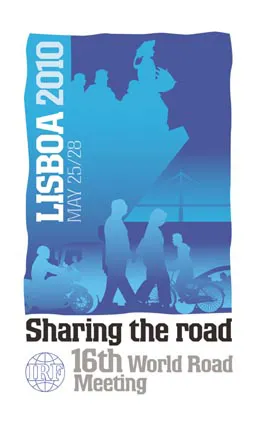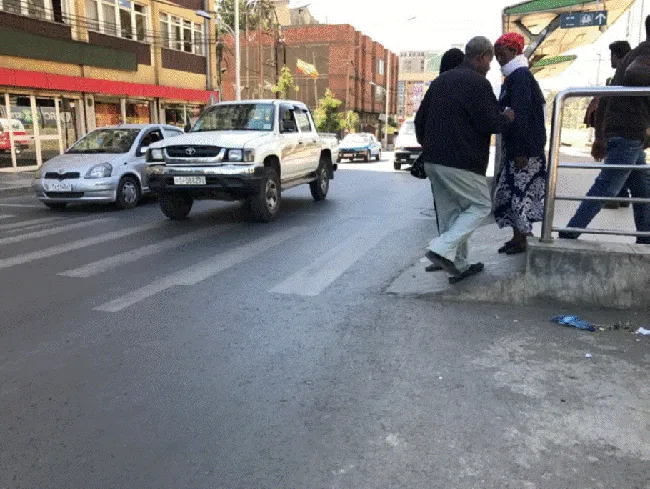
A new exhibition dedicated entirely to the road supply chain - from infrastructures to fuel distribution and mobility services - will make its debut in November in Italy.
From 24-26 November, Verona will welcome Asphaltica and Oil&NonOil, held for the first time simultaneously at the Verona Exhibition Centre. The aim is to create new synergies and expand and complete the product offering.
“The two events have always represented similar and complementary sectors and bringing them together on the same dates will ensure added value for companies and operators thanks to new business opportunities,” said Giovanni Mantovani, chief executive of Veronafiere. “This is a new show that we are keen to develop further with the creation of a full-scale national reference hub for the future of smart roads.”
Asphaltica today is the main exhibition in Italy for technologies and solutions for road paving, safety and infrastructures. It is organised by Veronafiere in partnership with SITEB, the Italian Roads and Bitumen Association that brings together Italian companies in the sector.
This year Asphaltica will be flanked by Oil&NonOil - an exhibition that brought the world of fuel distribution, storage networks and service stations to Veronafiere in 2012.
Oil&NonOil with look at the future of new sources of energy and alternative mobility. Originally scheduled earlier this year as an exhibition-conference in Rome, this edition of Oil&nonOil will now take place at Verona Exhibition Centre: an ideal solution to ensure maximum safety for exhibitors and visitors.
The two shows in November will be “in-person attendance” events. This is thanks to the safe business protocols implemented by Veronafiere and validated by the technical-scientific committee, health authorities and Aefi – Italy’s national association of trade fair organisers - and already successfully tested during Oil&NonOil 2020.
Exhibition stands, machinery and equipment will be located in the modern Halls 11 and 12 at Veronafiere, with access through the Re Teodorico Gate, complete with all the new facilities and recent redevelopment.








